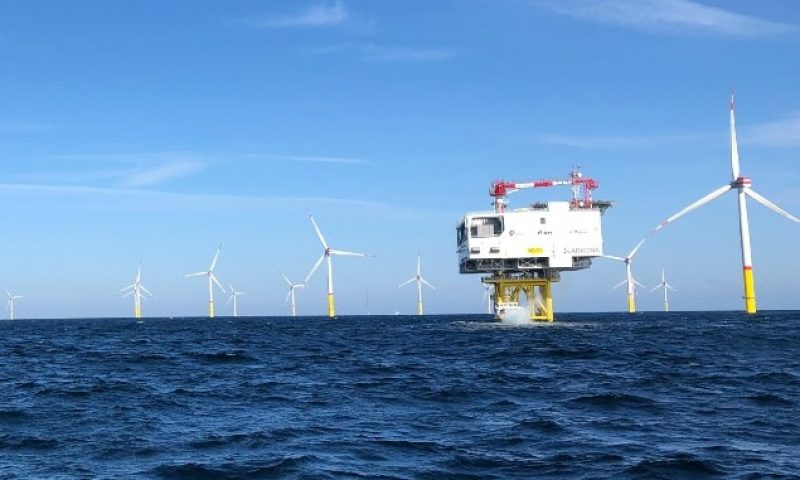
Wollongong, Newcastle leading the way for offshore wind farms in NSW
The answer to the growing demand for zero-emission energy is blowin’ in the wind, to quote Bob Dylan, if the burgeoning growth in Australian offshore energy proposals is any indication.
At least 18 offshore wind farm proposals are on the drawing board, made possible due to the federal government passing its crucial Offshore Electricity Infrastructure Bill late last year.
The most advanced proposal, the Danish-owned 2,200-megawatt Star of the South project off eastern Victoria, with transmission lines mapped to the Latrobe Valley, could be completed as soon as 2028.
Plans are also underway for Western Australia, South Australia and multiple other sites in Victoria, while New South Wales has four high-profile schemes: two in the Hunter and two in the Illawarra.
OceanEx, which also has projects for Ulladulla and Eden on the NSW South Coast and Bunbury in WA, is favouring Wollongong and Newcastle because of their links to heavy industry and a deep-sea port.
“Obviously you have got decades in steel manufacture production, logistics, engineering; it’s really quite unique compared to the rest of the world to have such a strong skill set and region so close to a deep-water port in particular,” Mr Evans said.
It’s a view backed by Nick Sankey from BlueFloat Energy, which, together with Energy Estate, has plans for a 1,600MW floating wind farm off the Illawarra coast, as well as similar-sized plants for the Hunter, Ulladulla and Victoria’s Gippsland Coast.
He says like the OceanEx scheme, BlueFloat’s Wollongong Offshore Wind Project would use floating turbines up to three times larger than those used on land.
“We are moving now towards floating technologies where the individual turbines, and we are talking around about 15MW per turbine, will sit floating on the water with big counterweights to weight them down and they will be secured by mooring lines,” Mr Sankey said.
“The Wollongong project would potentially contain over 100 of the turbines all situated separately around in the area.
“They will be connected to two floating substations which are then connected in a cable which comes onshore and connects to the electricity grid around the Wollongong region.”








